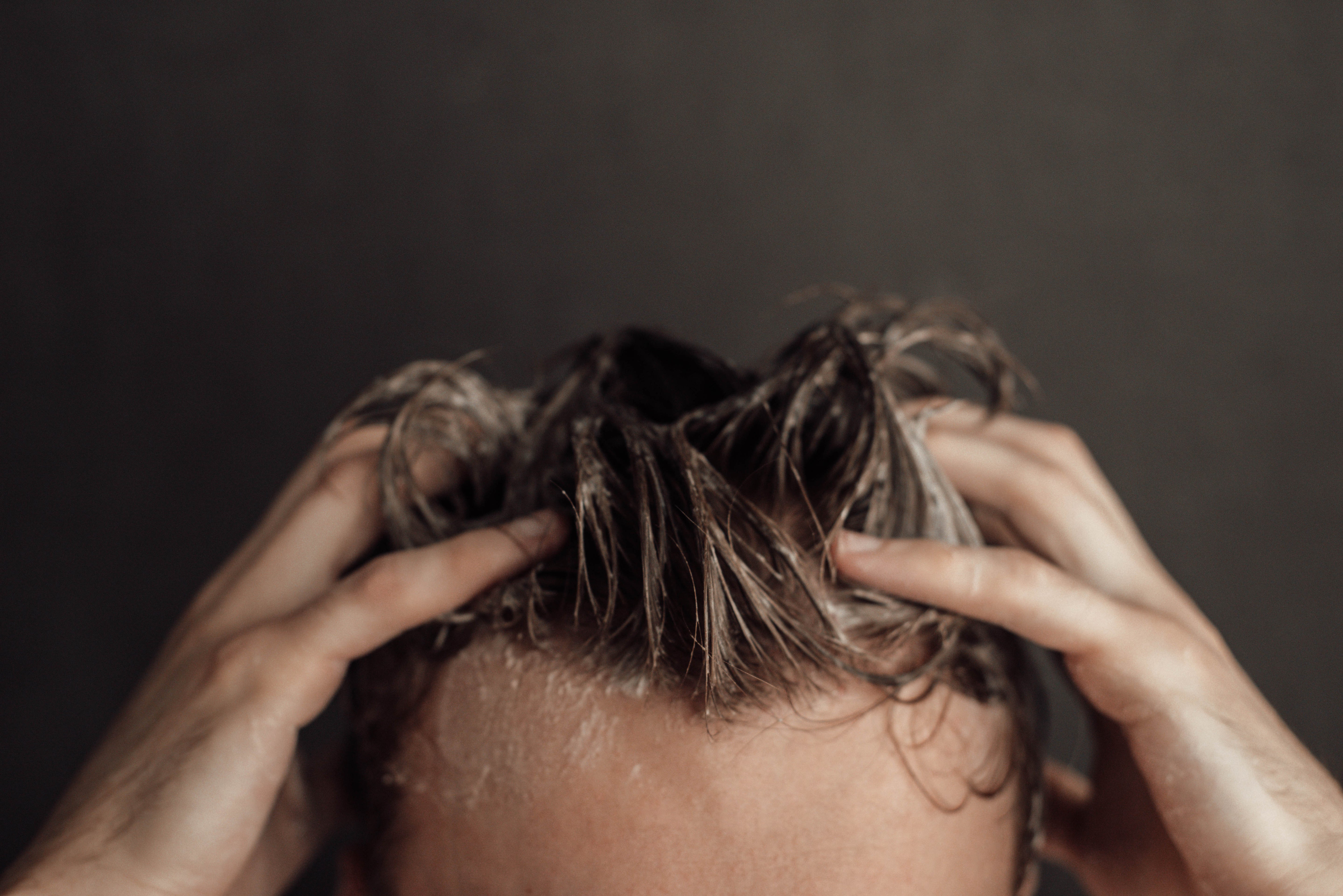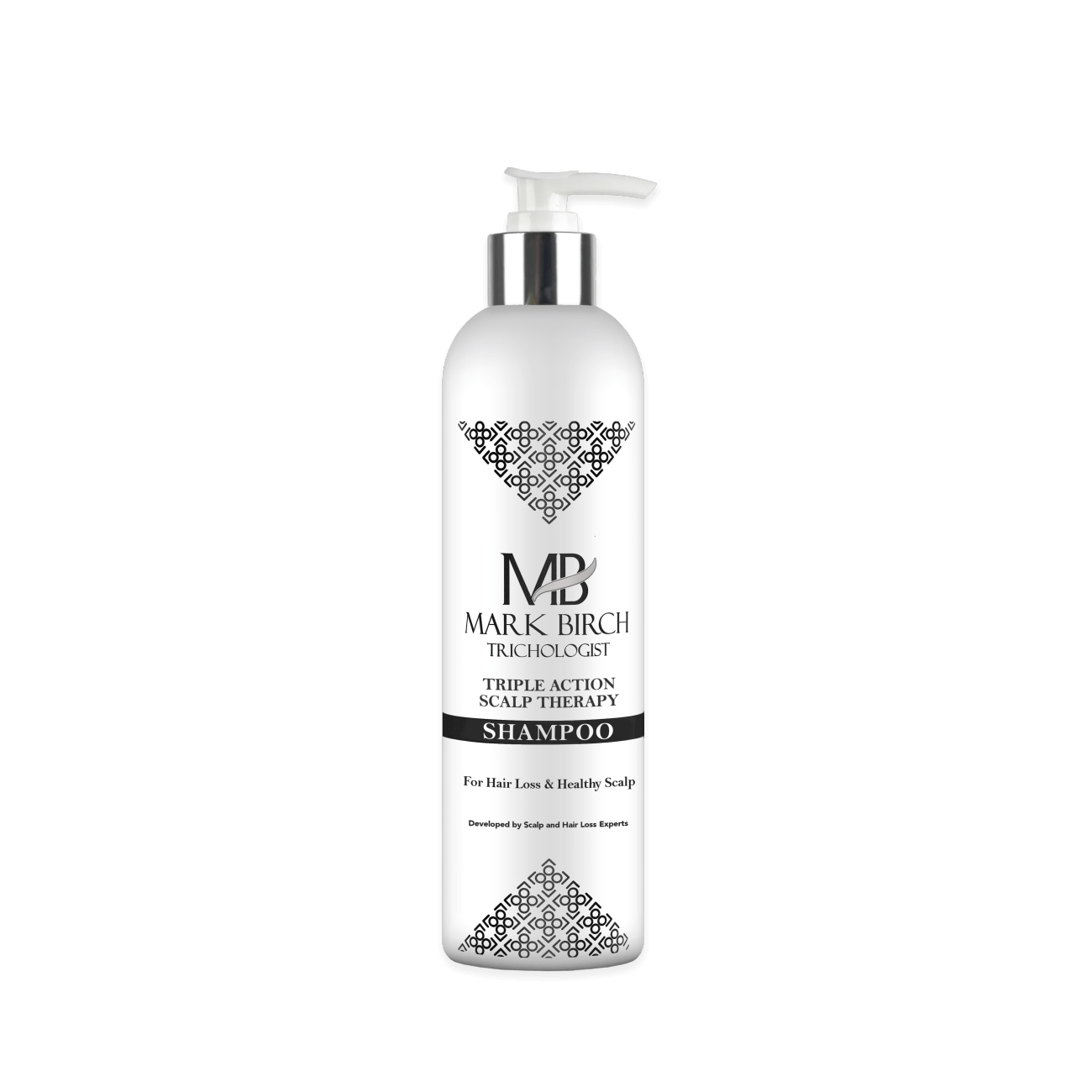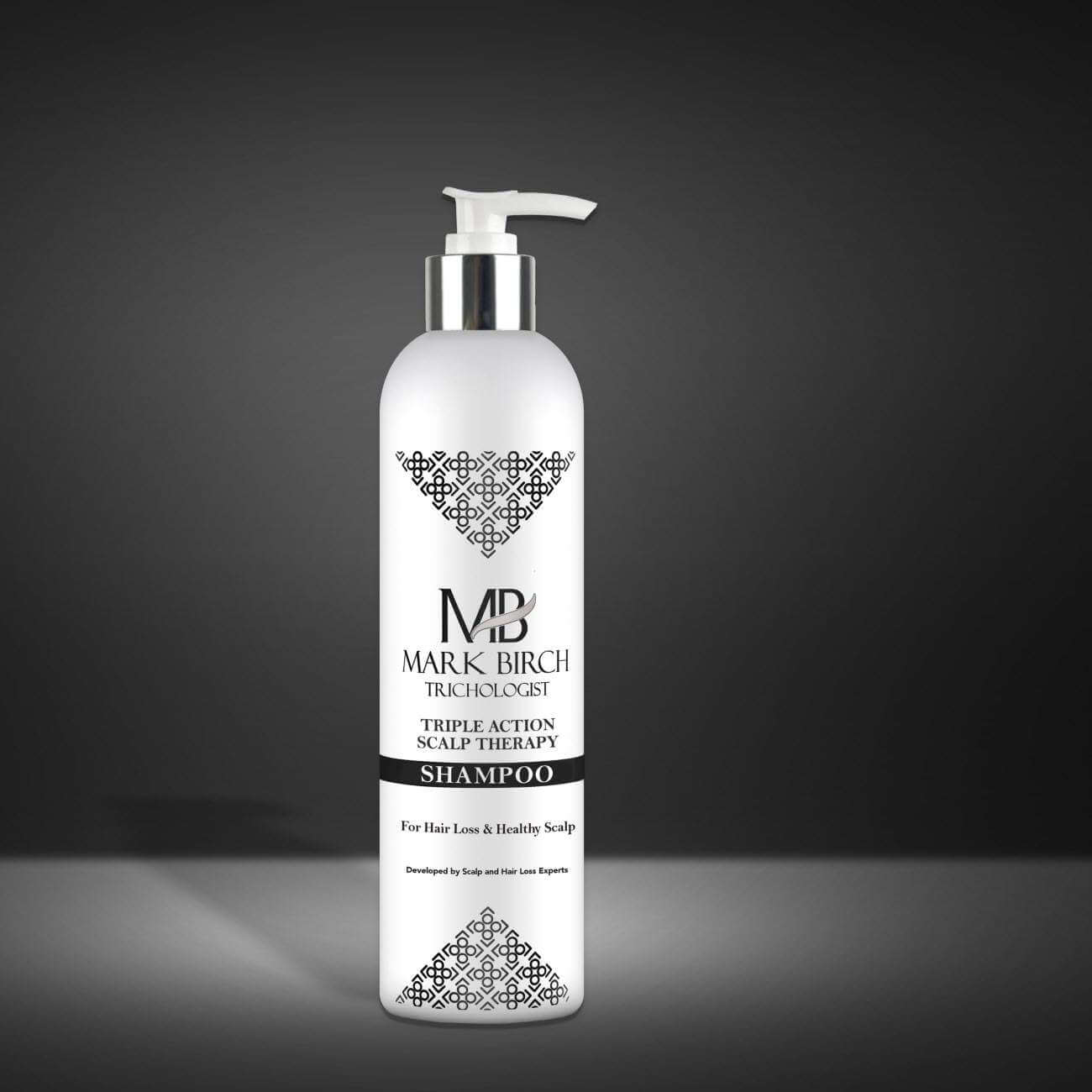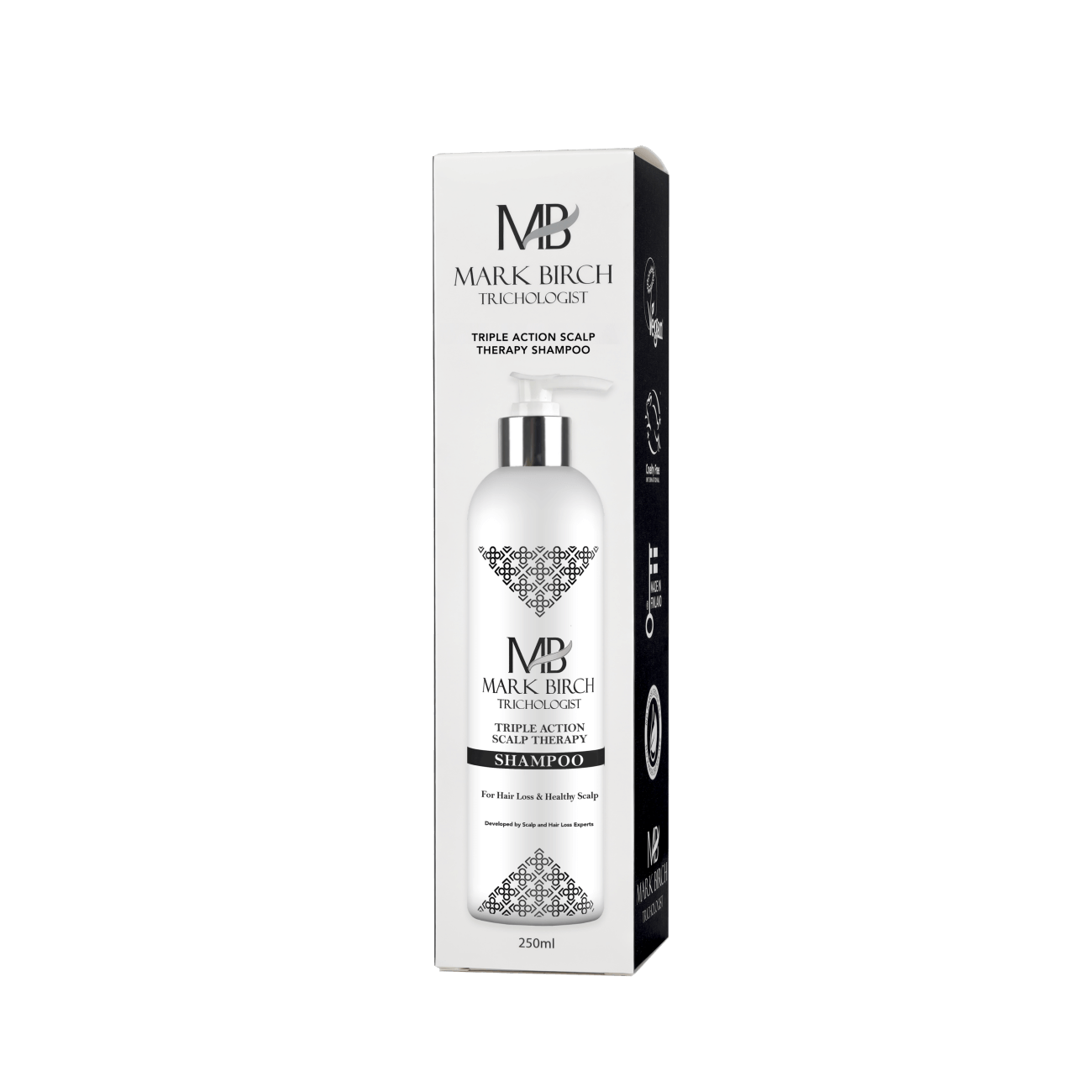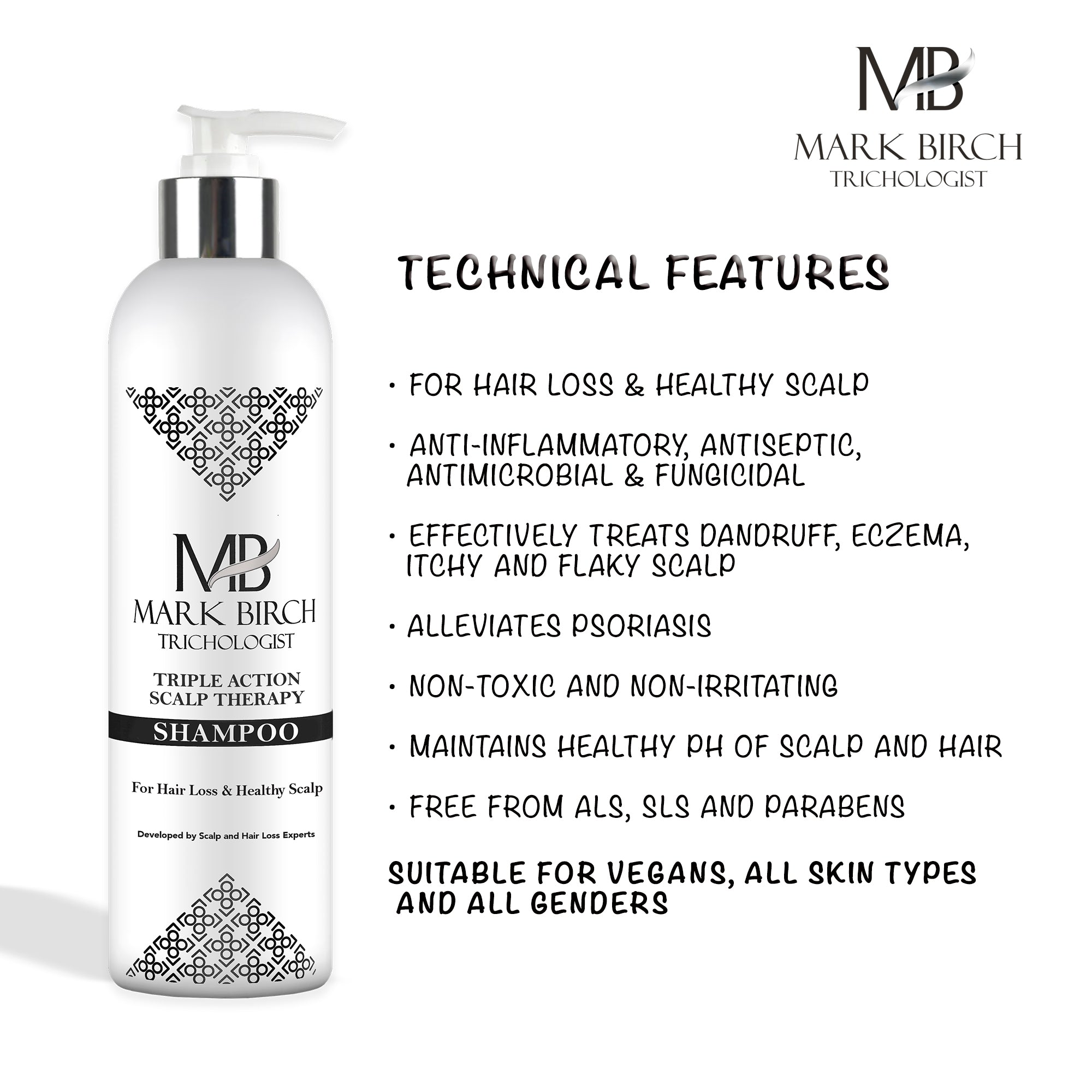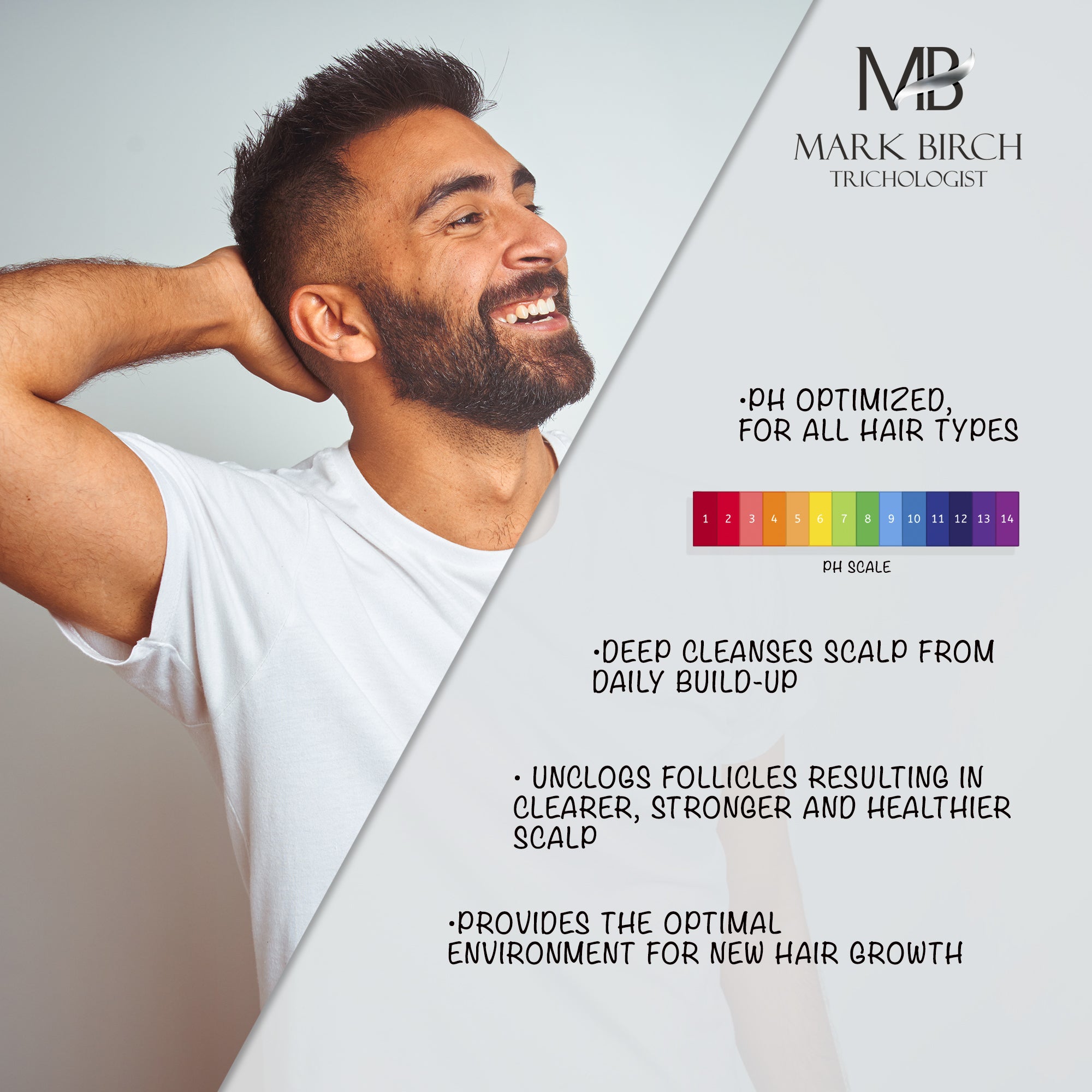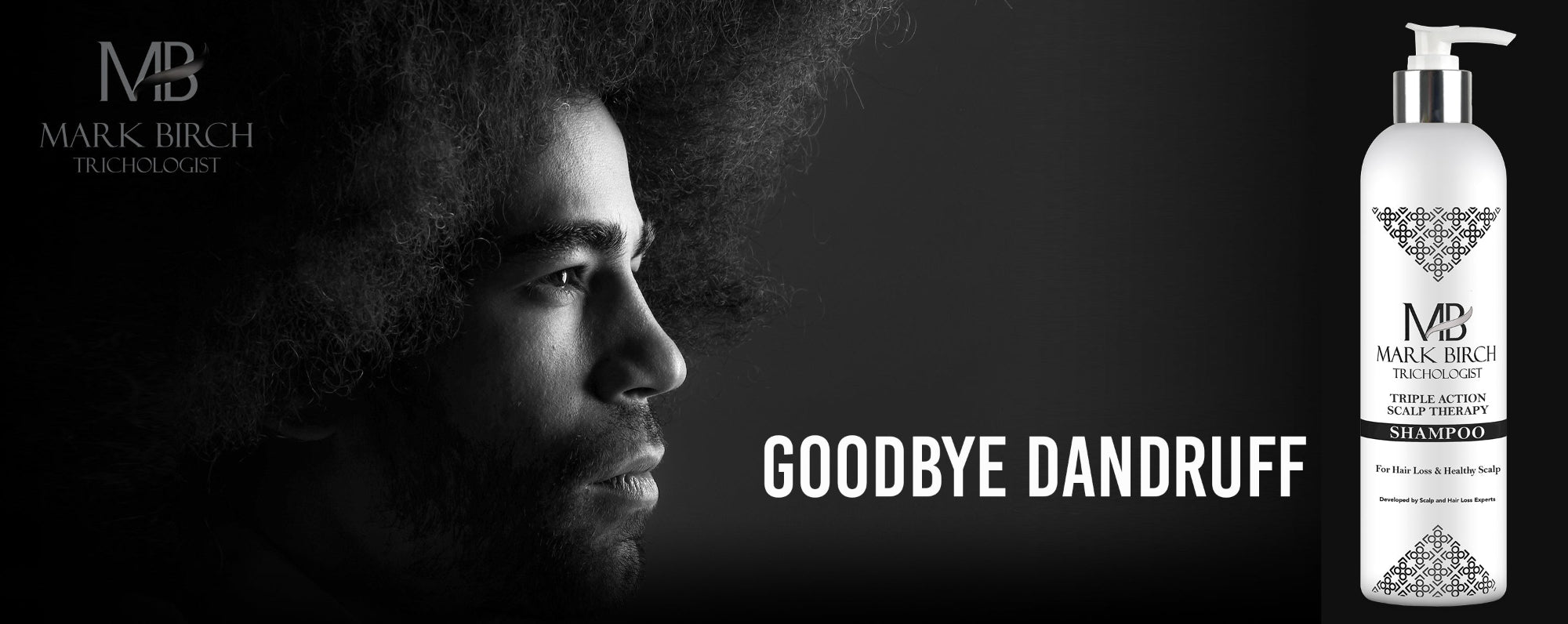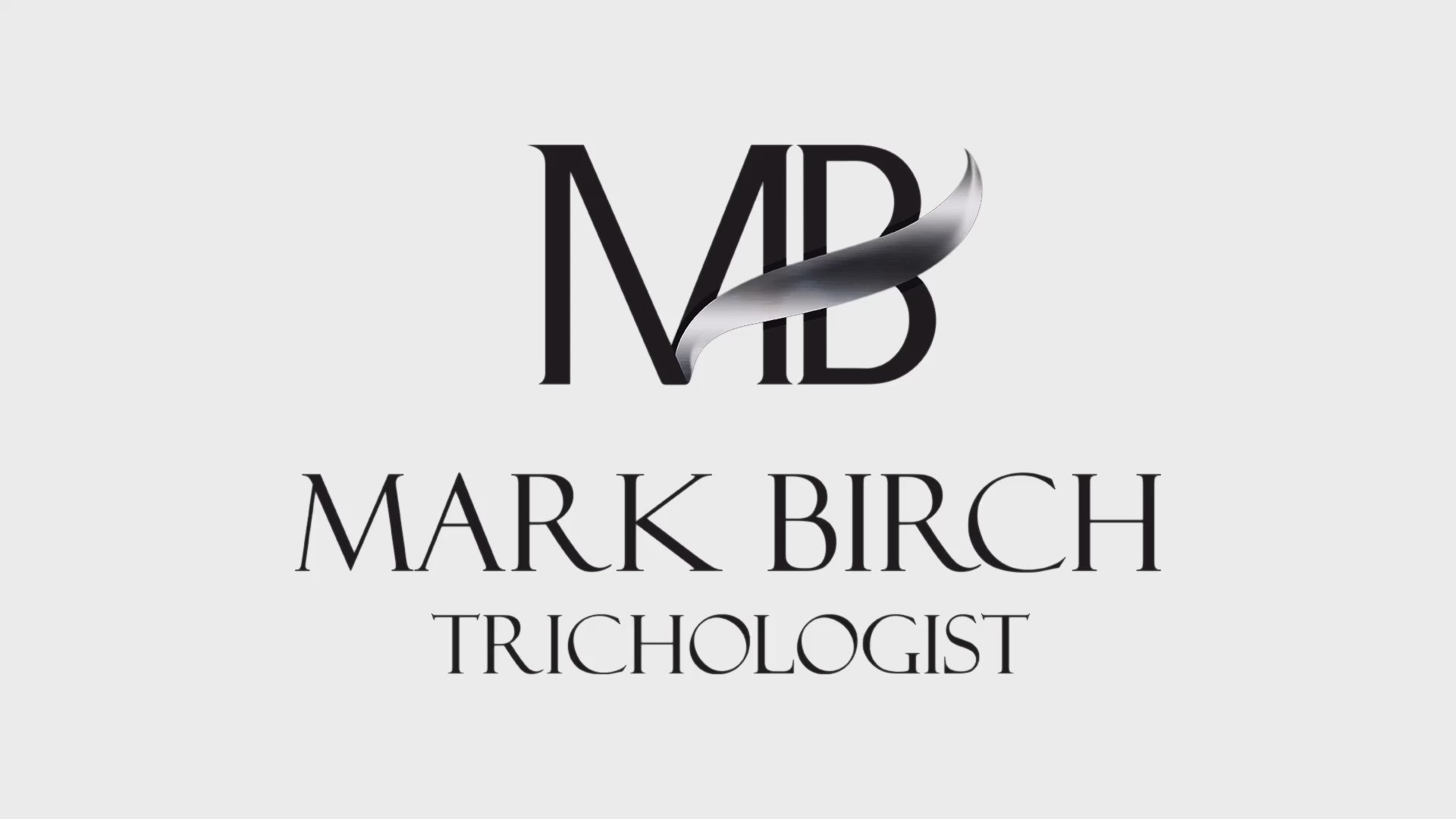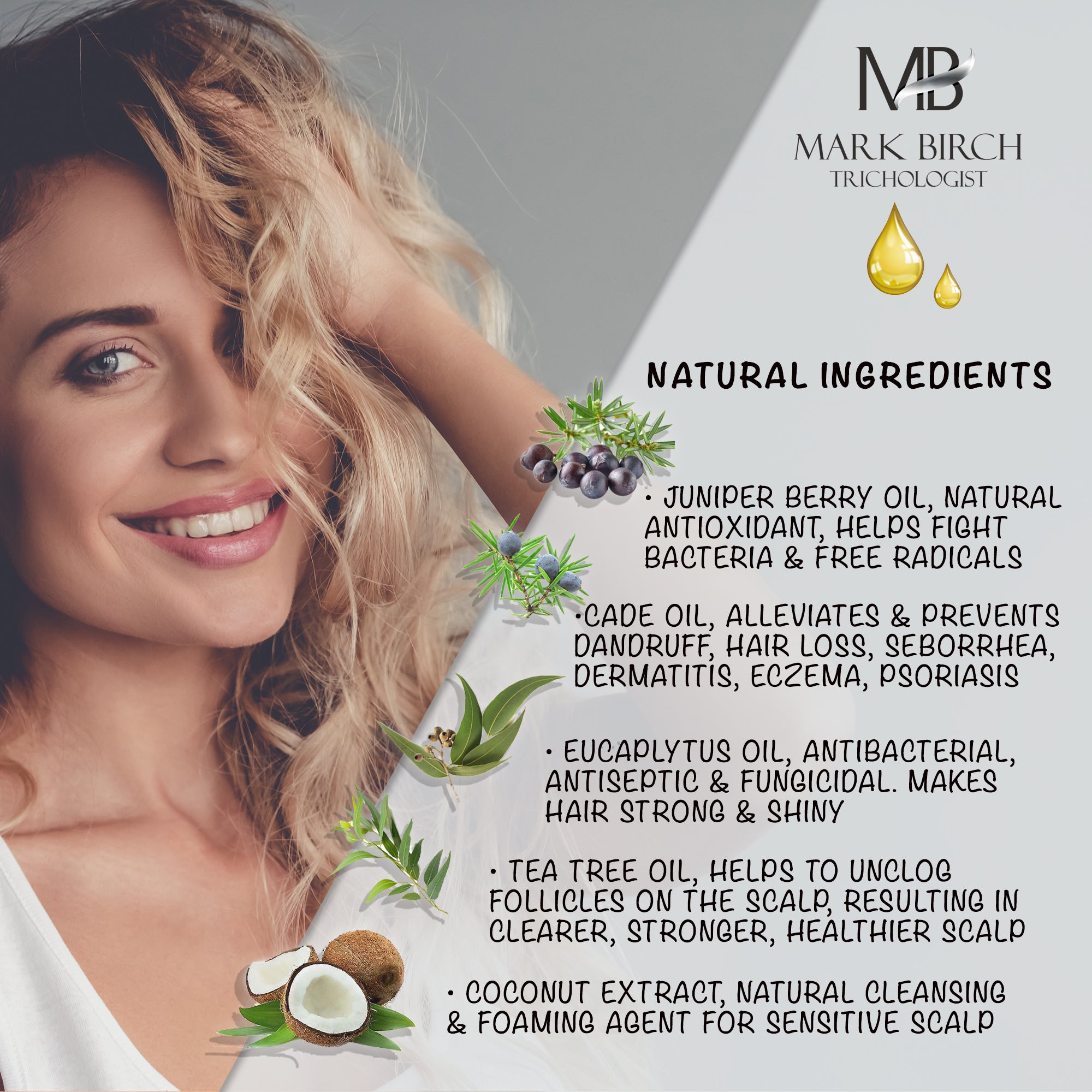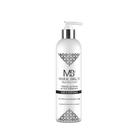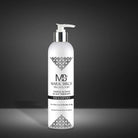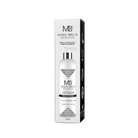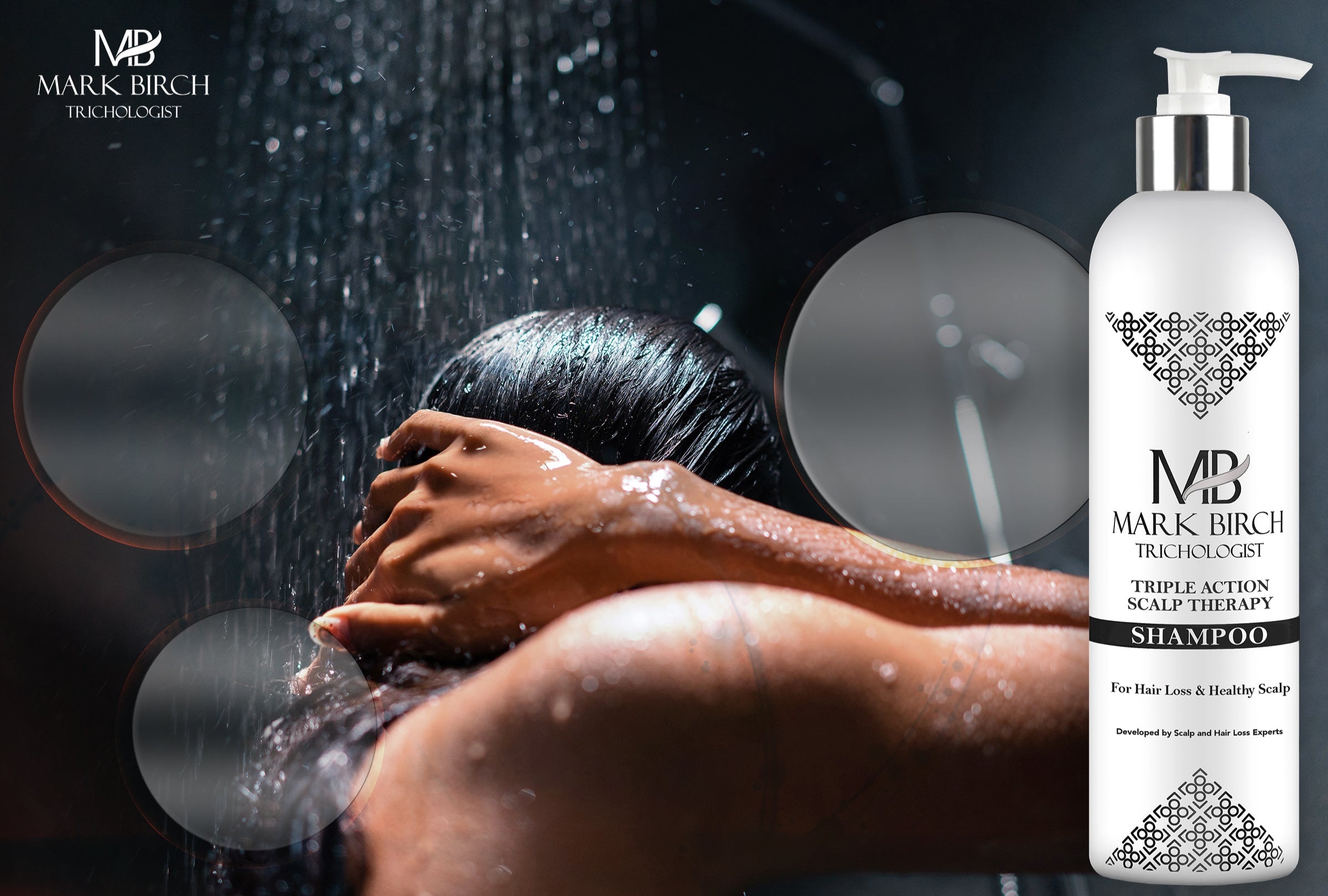
The importance of a healthy scalp
The key to healthy hair is a healthy hair follicle. A clean, balanced, and nourished scalp is the foundation for addressing all hair loss problems. The healthier the scalp, the better the hair growth.
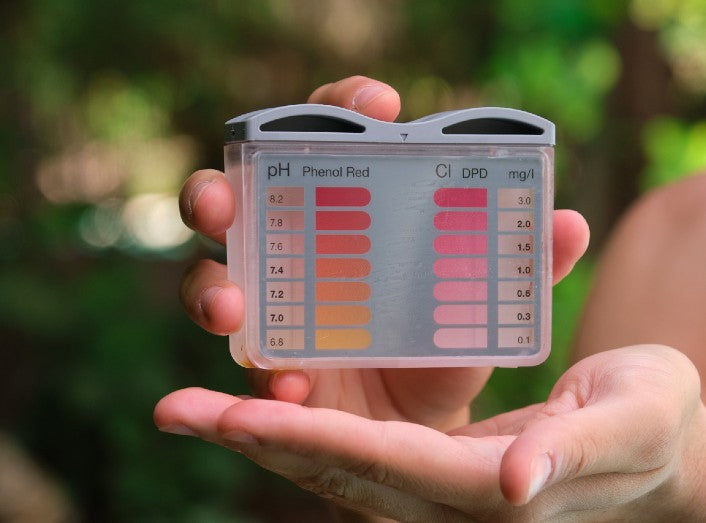
Scalp and pH
The scalp's pH is naturally slightly acidic and is healthiest when cared for with products that match its natural pH level (the scalp’s pH is 5.5).
Using shampoos or hair care products with too high or low pH value easily causes disruptions to the healthy bacterial flora, which can contribute to scalp problems and dryness, causing scalp sensitivity and irritation.
Our Shampoos are pH-optimised with a pH value of 5.5.

Regular hair washing
A common mistake is to stop washing your hair daily when hair loss is noticed.
The truth is quite the opposite: an unwashed scalp accumulates toxins, oils, dead skin cells, dirt, and styling product residues, which can clog hair follicles and even cause increased hair loss.
Mark Birch recommends washing your hair and scalp daily with Triple Action Scalp Therapy Shampoo or R&B Antioxidant Shampoo.
For itchy scalp, scalp disorders and to activate healthy hair growth!
Triple Action Scalp Therapy Shampoo is a CE registered medical device. An effective therapy shampoo for maintaining healthy scalp. Shampoo deep cleanses the scalp and hair, helps to open the hair follicles as well as stimulates healthy hair growth.
It is very beneficial for treating:
Dandruff
Inflammated scalp
Eczema
Itchy and flaky scalp
Alleviates symptoms of Psoriasis
Size: 250ml
How it works
Instructions
Ingredients
Common scalp problems
Dandruff
Dandruff is one of the most common scalp problems, affecting up to 65% of people at some point in their lives. For most, the problem is recurrent. Dandruff is typically caused by an overgrowth of the yeast Malassezia on the scalp. This overgrowth irritates the skin, prompting it to produce new skin cells at an accelerated rate. While there can be various reasons behind dandruff, all types share common symptoms: bothersome flaking of the scalp and itching. When dandruff appears as light, visible flakes, accompanied by a dry scalp and potential itching, it is classified as dry dandruff. If the scalp becomes oily and dandruff appears as yellowish, clumpy flakes, it is considered oily dandruff.
Scalp Itching
Itching, tingling, tightness, heat, and sensitivity of the scalp are common complaints. According to a French study, 41% of men and 47% of women report having sensitive scalps. Various factors can trigger scalp sensitivity, including fragranced or dye-containing hair care products, as well as chemicals such as silicones, sulphates, and pearlescent agents. Additional causes may include infrequent hair washing, inadequate rinsing, changes in weather, dry indoor air, stress, and chemical treatments, all of which can irritate the scalp.
Oily Scalp
An oily scalp is a common issue, with a large proportion of people experiencing excessive sebum production. Bacteria and yeast can alter the consistency of sebum, making it more fluid and leading to rapid greasiness. This can cause hair to appear sticky and flat. Managing an oily scalp often requires more frequent hair washing and using a shampoo that effectively removes sebum. A common mistake is extending the interval between washes. Contrary to popular belief, more frequent washing with an appropriate shampoo can help reduce sebum production and restore scalp balance.
Psoriasis
Psoriasis can cause severe flaking and crusting of the scalp. Underneath the flakes, the skin is red and inflamed. Psoriasis typically affects other parts of the body in addition to the scalp. It is a common condition, with an estimated 3% of the population suffering from it. On the scalp, psoriasis can present as mild patches or larger, intensely red and scaly areas, which may also lead to hair loss. The exact cause of psoriasis is unknown, but it is believed to involve an autoimmune reaction.
Eczema
Eczema is an inflammatory skin condition that usually appears in infancy, subsides during childhood, but may flare up again in adulthood. In adolescents and adults, it most often affects the scalp and upper body. Most skin changes in the scalp due to eczema result from scratching, which can cause thickened skin, scabs, and small wounds. Chronic infections caused by Staphylococcus and other bacteria are also commonly associated with eczema.
Seborrheic Dermatitis
Seborrheic dermatitis, also known as seborrheic eczema, is a common condition affecting 3-5% of the population. with men affected more often than women. Certain bacteria and yeasts naturally present on the skin can break down sebum, causing it to become rancid. Rancid sebum irritates the skin, resulting in itching, burning, redness, and flaking. In those with seborrheic dermatitis, the skin can be both oily and dry simultaneously.
